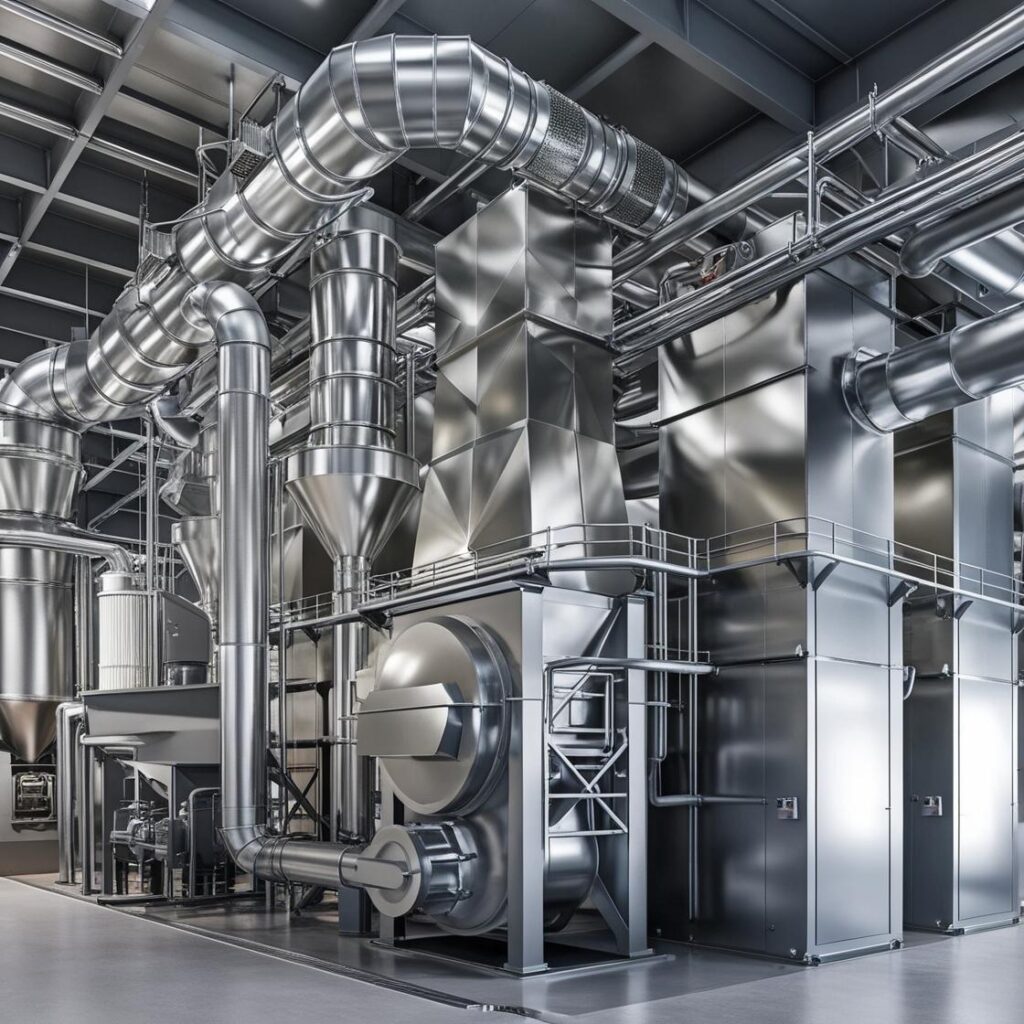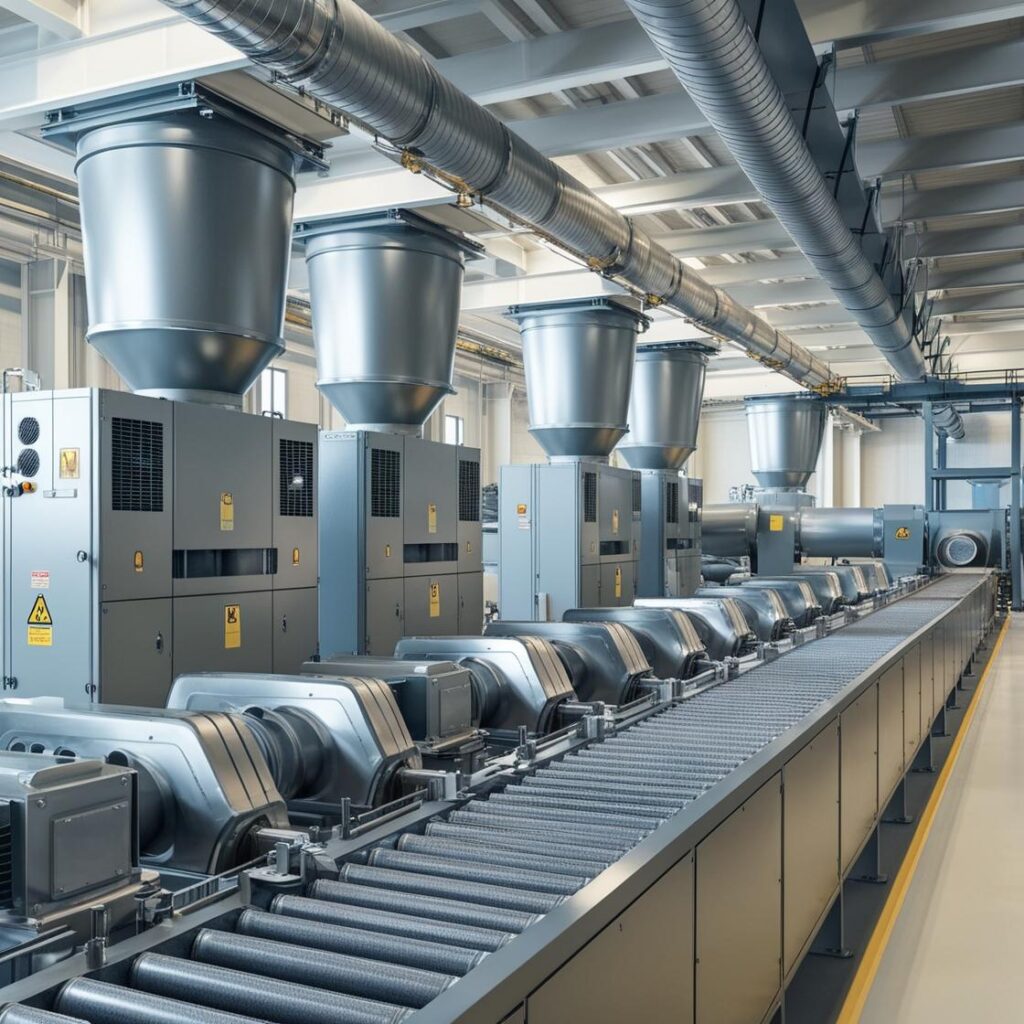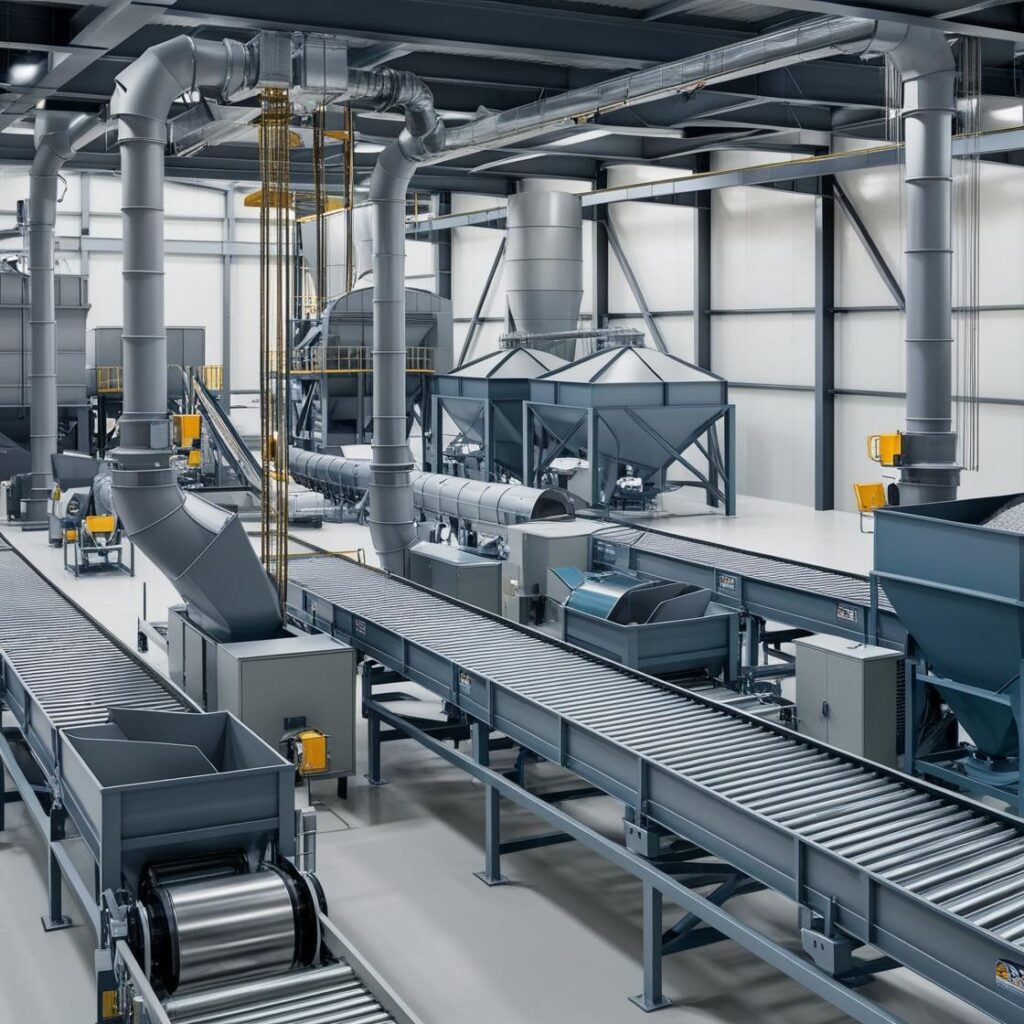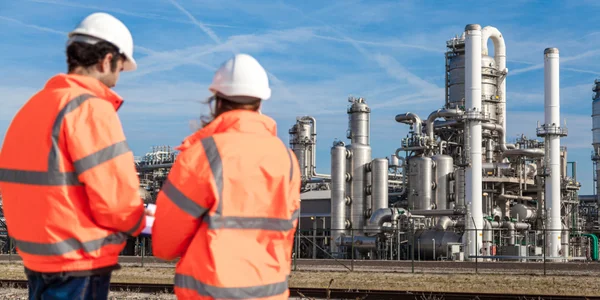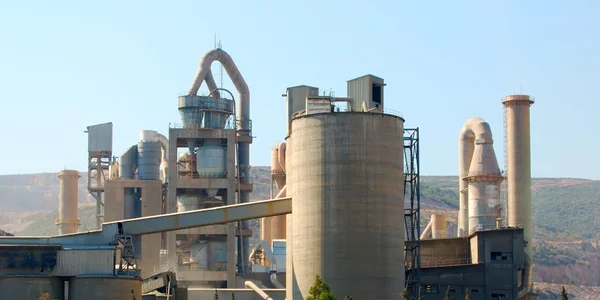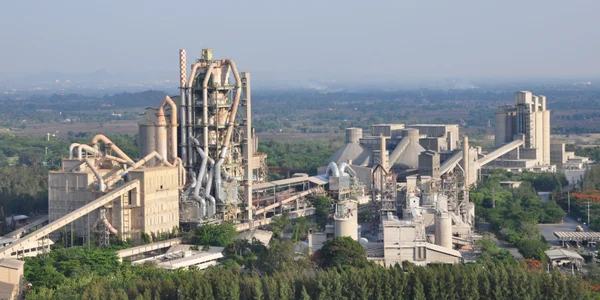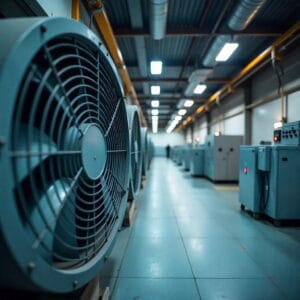부엌
본사

독일
- Intensiv 필터 Himenviro Technologies GmbH
Neustraße 45 - 49, 42553, Velbert, 독일/독일 - +49 20534200990
지역 사무소

대 브리튼 섬
- Intensiv Filter Himenviro UK Limited
47, Bath Street WS13BX, 월솔 웨스트 미들랜드, 영국 - +44 1922 628893
지역 사무소

아랍에미리트
- 집중 필터 Himenviro Technologies FZE – LLC
비즈니스 센터, 샤르자 출판 도시 자유무역지구, 샤르자, UAE - +971-556074697
지역 사무소

인도
- 인텐시브-필터 히멘비로 프라이빗 리미티드
D-247/11, Sector-63, Noida - 201301, Uttar Pradesh, India - +91-120-4642-500
지역 사무소

인도
- 인텐시브-필터 히멘비로 프라이빗 리미티드
D-247/11, Sector-63, Noida - 201301, Uttar Pradesh, India - +91-120-4642-500
지역 사무소

인도
- 인텐시브-필터 히멘비로 프라이빗 리미티드
D-247/11, Sector-63, Noida - 201301, Uttar Pradesh, India - +91-120-4642-500
철강 및 금속 공기 및 먼지 여과 솔루션
철강 및 금속 산업은 미세먼지, 금속 입자, 매연 등 대기 중 오염 물질을 대량으로 발생시키며, 이러한 오염 물질을 제대로 관리하지 않을 경우 환경 오염, 근로자 건강 위험, 장비 손상으로 이어질 수 있습니다. 당사의 공기 및 먼지 여과 시스템은 이러한 고부하 환경에 적합하도록 설계되어 용융, 제련, 주조 및 마무리 공정에서 발생하는 배출물을 포집합니다. 고온과 미세먼지 부하를 견딜 수 있도록 설계된 당사의 솔루션은 대기질을 개선하고, 규정 준수를 강화하며, 근로자의 웰빙을 보호하여 더욱 깨끗하고 안전한 생산 환경을 보장합니다.
철강 및 금속 산업의 먼지 여과 공정
전기아크로는 건설용 강철, 고급 강철 및 스테인리스 스틸. 또한, 카바이드와 합성 결정의 제조에도 사용됩니다.
전기 아크로용 먼지 제거 플랜트는 아크로의 주요 폐가스와 퓨징, 런오프 또는 적재 및 디슬래깅 중에 발생하는 모든 2차 폐가스를 완전히 추출하고 청소합니다. 팬로, 재료 취급 중 및 기타 연결된 플랜트에서 형성되는 폐가스는 추출 및 처리됩니다.

루프 후드용 필터
EAF용 필터
- 1. 루프 후드
- 2. 루프후드용 필터
- 3. 환풍기
- 4. 굴뚝
- 5. 전기 아크로
- 6. 수냉 튜빙
- 7. 열교환기
- 8. EAF 필터
- 9. 환풍기
- 10. 변환기
필수 사양
필터 제목 PJM
일반적인 설계 데이터 | 루프 후드 |
|---|---|
가스량 | 1,000,000 |
가스 온도 | 80 |
먼지의 종류 | 산화철 연소잔류물 |
잔류먼지 함량 | < 10 |
원료가스 분진 함량 | < 5 |
청소 | 온라인 / 오프라인 |
필터 매체 | 폴리에스터 |
폭발 방지 설계 | 필요하지 않다 |
흡착제 | 필요하지 않다 |
필터 제목 PJM
일반적인 설계 데이터 | 전기 아크로 |
|---|---|
가스량 | 120,000 |
가스 온도 | 120 |
먼지의 종류 | 산화철 연소잔류물 |
잔류먼지 함량 | < 10 |
원료가스 분진 함량 | < 5 – 10 |
청소 | 온라인 / 오프라인 |
필터 매체 | 폴리에스터 |
폭발 방지 설계 | 필요하지 않다 |
흡착제 | 필요하지 않다 |
철강 및 금속 분진 제어를 위한 응용 프로그램
먼지 제어를 위한 규제 환경 |
|---|
대기 질 기준 준수 |
근로자 건강 및 안전 규정 준수 |
화재 및 폭발 위험 예방 |
환경 보호 규정 준수 |
실시간 배출 모니터링 |
내열성 |
유지 관리 및 가동 중지 시간 감소 |
제품 품질 보증 |
운영 비용 절감 |
먼지 제어 과제 |
|---|
높은 먼지 및 연기 수준 |
금속 입자로 인한 근로자 건강 위험 |
엄격한 환경 규정 |
화재 및 폭발 위험 |
최종 제품의 오염 |
장비의 연마 분진 마모 |
온도 허용 요구 사항 |
대용량 집진 용량 관리 |
유지 관리 관련 가동 중지 시간 최소화 |
효과적인 먼지 제어를 위한 주요 고려 사항 |
|---|
배출 지점에서의 표적 포집 |
고온에서의 내구성 |
최적화된 공기 흐름 및 압력 제어 |
내열 여과재 |
정기 유지 관리 프로토콜 |
산업 표준 준수 |
유연한 맞춤형 솔루션 |
연소 위험에 대한 위험 완화 |
다양한 생산 단계를 위한 전담 시스템 |
전문가 상담을 위해 저희에게 연락하세요
다른 서비스를 살펴보세요!
자주 묻는 질문
철강 및 금속 가공에서 일반적인 여과 시스템으로는 백하우스 필터, 전기 집진기(ESP), 습식 스크러버, 사이클론 분리기가 있습니다. 백하우스 필터는 직물 백을 사용하여 먼지 입자를 포집하고, ESP는 전하를 이용하여 배기 가스에서 미립자를 제거합니다. 습식 스크러버는 세정액을 주입하여 오염 물질을 제거하고, 사이클론 분리기는 원심력을 이용하여 가스 흐름에서 먼지를 분리합니다. 시스템 선택은 입자 크기, 가스 온도, 그리고 특정 공정 요구 사항과 같은 요인에 따라 달라집니다.
여과 시스템은 금속 가공 과정에서 발생하는 미세먼지와 오염 물질을 효과적으로 포집하고 제거하여 공기질을 향상시킵니다. 이러한 시스템은 배출을 줄임으로써 시설이 환경 규정 및 기준을 준수하도록 돕고, 이를 통해 환경 영향을 최소화하고 더 안전한 작업 환경을 조성합니다.
ESP는 미세 입자 제거 효율이 높아 최대 99%의 효율을 달성합니다. 이는 특히 연도 가스 배출에 미세 먼지 입자가 포함되는 경우가 많은 철강 제조에 유용합니다. ESP는 대용량 가스를 처리할 수 있으며 고온에서도 효과적으로 작동합니다. 또한, 압력 강하가 비교적 낮아 작동 중 에너지 소비량이 낮습니다.
